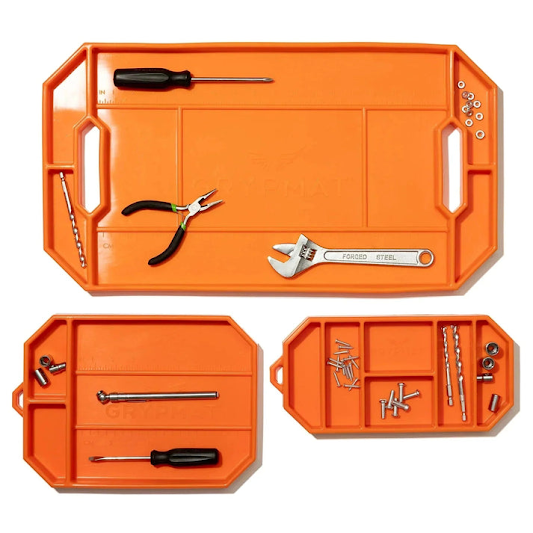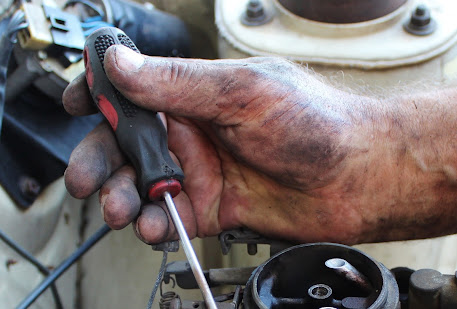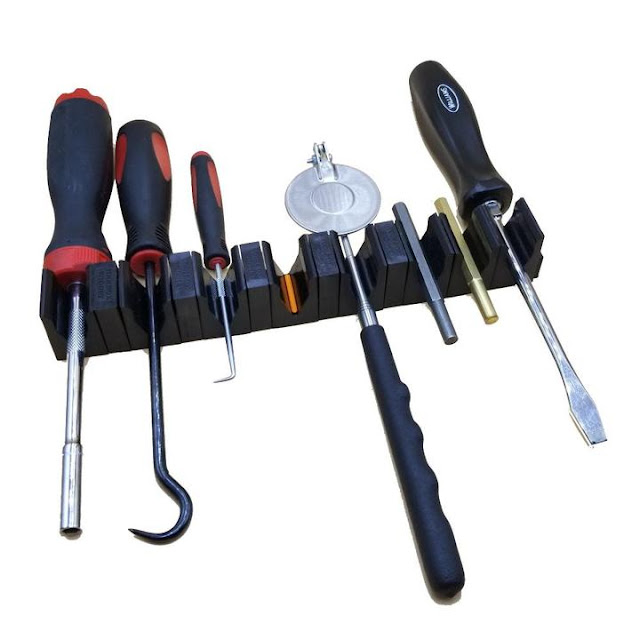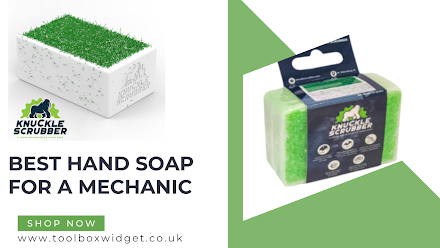Organize with Ease: The Ultimate Guide to Tool Tray Selection
In the dynamic realm of workshops and DIY enthusiasts, the pursuit of an organized and efficient workspace is not just a preference—it's a necessity. At the heart of this endeavor lies a simple yet transformative tool: the tool tray. Whether you're a seasoned craftsman or a weekend warrior, choosing the right tool tray is paramount to achieving optimal organization. In this comprehensive guide, we'll navigate through the key considerations, helping you make an informed decision and revolutionize the way you approach your projects.
Understanding Your Needs
The journey to an organized workshop begins with a clear understanding of your specific needs. Take inventory of your tools, considering the types and sizes you use most frequently. Are you a meticulous woodworker, a savvy mechanic, or a DIY enthusiast with an eclectic mix of tools? By identifying your primary tools and projects, you'll pave the way for a tool tray that not only accommodates your essentials but also enhances your overall workflow.
Size Matters
One of the foundational aspects of tool tray selection is size. A tool tray that harmonizes with the scale of your workspace and the volume of your tools is essential. Larger trays are suitable for those with extensive tool collections, providing ample space for an array of implements. Conversely, a compact tray may be more fitting for focused tasks, ensuring that your essentials remain within arm's reach. Consider the available space in your workshop when determining the optimal size of your tool tray.
Material Considerations
The durability and resilience of your tool tray hinge on the materials used in its construction. Plastic trays are lightweight, corrosion-resistant, and often budget-friendly. Metal trays, on the other hand, exude sturdiness and a classic aesthetic. Composite materials strike a balance between the two, offering durability without the added weight. Reflect on your preferences, the nature of your projects, and the working conditions of your workshop to make an informed decision on the material that best suits your needs.
Portability Features
For those whose projects involve moving around the workshop or working in various locations, portability is a game-changer. Look for tool trays equipped with ergonomic handles, allowing for comfortable transportation. Some trays even come with built-in wheels, offering the convenience of easy mobility. Prioritize portability features based on your workflow and the mobility demands of your projects.
Compartmentalization and Organization
Efficient organization is the hallmark of an excellent tool tray. Seek trays with a variety of compartments, dividers, and pockets to keep your tools meticulously arranged. Not only does this save precious time that might be spent searching for specific tools, but it also prevents potential damage caused by tools clashing together during transport. A well-organized tool tray is a catalyst for a streamlined workflow.
Visibility and Accessibility
Consider the visibility and accessibility features of your prospective tool tray. Transparent or open-top trays provide a clear view of your tools, allowing for quick and easy identification. This visibility not only saves time but also contributes to a more seamless and enjoyable crafting experience. Accessibility, in terms of how easily you can retrieve and replace tools, is equally crucial for maintaining workflow momentum.
Versatility in Tool Tray Design
Tool trays come in various designs to cater to diverse needs. Opt for trays with adjustable dividers or customizable layouts, allowing you to adapt the tray to the evolving needs of your tool collection. A versatile design ensures that your tool tray remains relevant and effective as your repertoire of tools expands.
Investing in Quality
While budget considerations are important, view your tool tray as a long-term investment. High-quality trays, constructed with durable materials, withstand the wear and tear of daily use, ensuring longevity and reliability. Assess the build quality, brand reputation, and user reviews to make a well-informed investment that pays dividends in the durability and functionality of your tool tray.
Additional Features
Explore tool trays with added features that can elevate your workshop experience. Some trays come with built-in power strips for convenient tool charging, magnetic strips for securing metal items, or integrated lights for enhanced visibility in low-light conditions. Assess these additional features based on your specific requirements and the nature of your projects.
Maintenance and Cleaning
A clean tool tray is not only aesthetically pleasing but also contributes to a safe and sanitary workspace. Opt for trays with smooth surfaces and minimal crevices to simplify cleaning. A tool tray that is easy to maintain ensures that it remains a reliable ally in your creative space, promoting both organization and hygiene.
Conclusion
As you embark on the journey to a more organized and efficient workshop, the tool tray emerges as a silent yet powerful ally. By understanding your needs, considering size and materials, prioritizing portability and organization, and investing in quality, you'll be well on your way to selecting the perfect tool tray. Let the tool tray revolutionize the way you approach your projects, providing not just organization but a newfound sense of ease in your creative endeavors.




Comments
Post a Comment